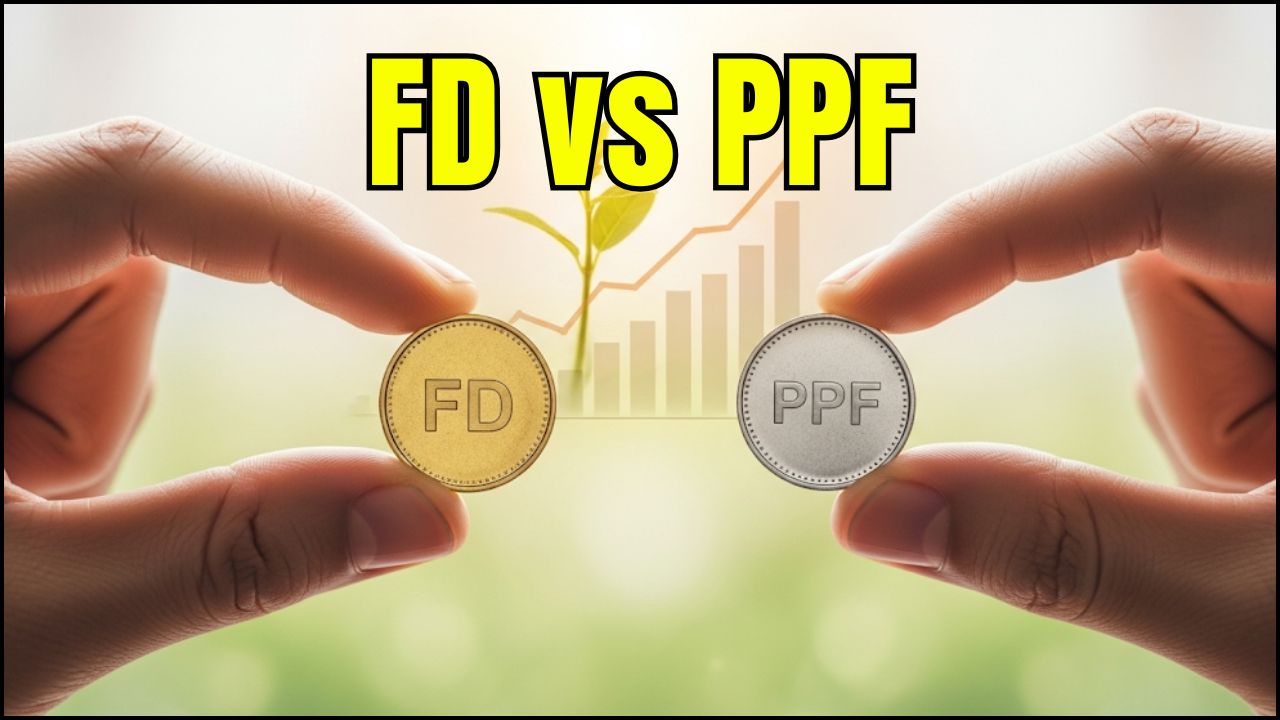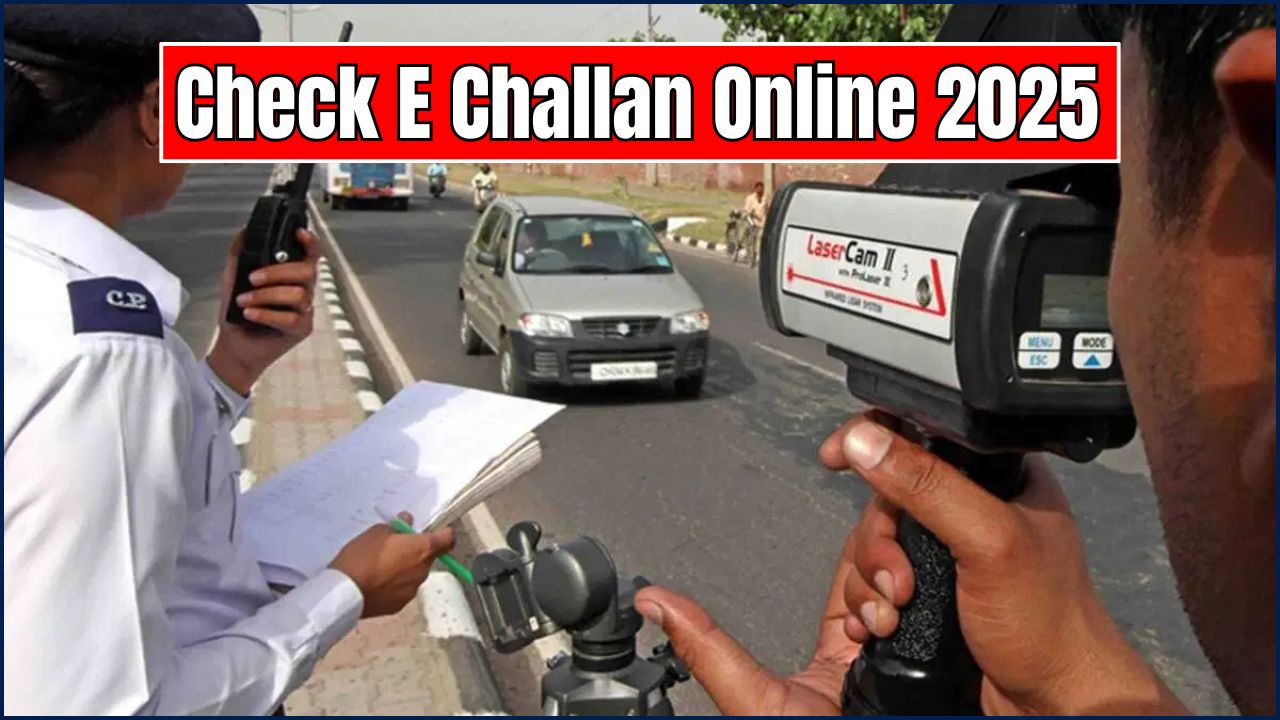The Employees’ Provident Fund Organisation (EPFO) has introduced an exciting new update: EPFO 3.0. This revamped version, launched in June 2025, promises to significantly simplify how employees in India manage their Provident Fund (PF). Whether you’re a salaried worker or a professional, understanding these new features will help you make the most of this upgrade. From instant PF withdrawals through ATM and UPI to better digital tools and credit card integration, EPFO 3.0 is packed with features designed to benefit you.
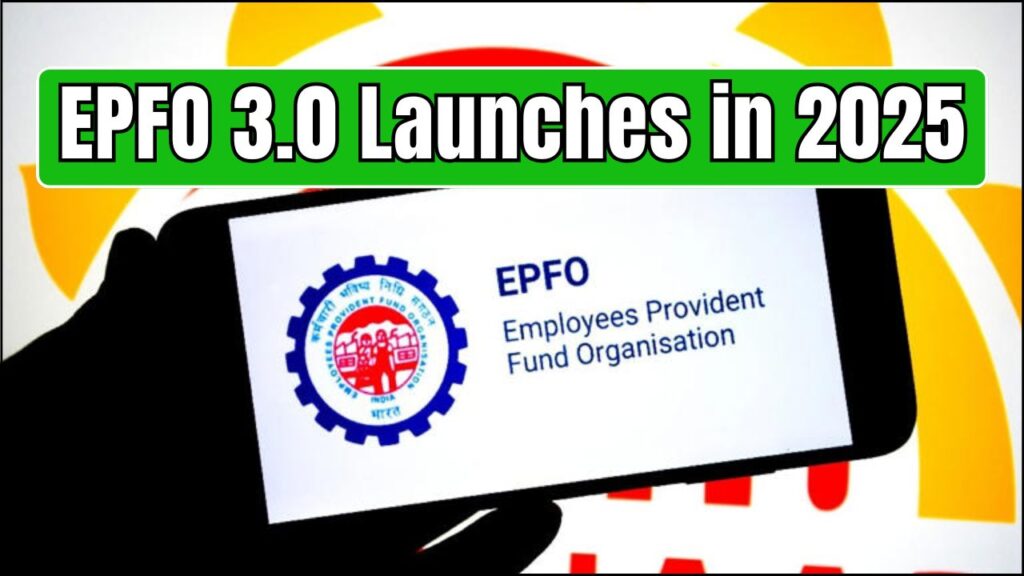
In this guide, we’ll take a deep dive into the key features, how-to steps, and real-life scenarios of EPFO 3.0. Let’s break down what this means for you, and how you can make this system work for your financial goals.
EPFO 3.0 Launches in 2025
| Feature | Details | Sources |
|---|---|---|
| Instant PF Withdrawals | Withdraw up to ₹1 lakh via ATM and UPI. | Economic Times |
| Digital Self-Correction | Update personal details directly on the EPFO portal. | India Filings |
| Aadhaar-Based Transfers | Transfer PF balance between employers using Aadhaar OTP. | India Today |
| Tax Implications | Withdrawals before 5 years are taxable. | Economic Times |
| Unified Social Security Schemes | Integration with schemes like APY and PMJJBY. | Bajaj Finserv |
| Eligibility | Requires active EPF account and KYC compliance. | Economic Times |
EPFO 3.0 is a significant step forward in making retirement savings management more accessible and convenient for Indian employees. With its instant withdrawals, digital self-corrections, and the integration with Aadhaar, it’s never been easier to manage your EPF.
By understanding the key features and taking steps to activate your account, you can make the most of this transformational update. Whether you’re a long-time contributor or new to the system, EPFO 3.0 is designed to make your financial life smoother and more secure.
What is EPFO 3.0?
EPFO 3.0 is an enhanced version of the Provident Fund (PF) system, aimed at providing more flexibility, control, and speed for employees in India. Through a range of digital tools and features, it allows employees to access their funds more quickly, update personal details without needing employer approval, and transfer their PF balance seamlessly using Aadhaar-based OTP verification.
Why the Upgrade?
The introduction of EPFO 3.0 comes at a time when there’s a growing need for quicker access to funds and greater autonomy in managing personal finances. The system has been completely revamped to align with India’s push for digital financial inclusion.
Key Features of EPFO 3.0
1. Instant PF Withdrawals: Revolutionizing Access to Savings
One of the most significant changes in EPFO 3.0 is the ability to withdraw funds instantly via ATM or UPI platforms. Imagine needing to access emergency funds, and instead of waiting days or weeks for approval, you can swipe your EPF ATM card or use UPI for an immediate transfer. This new feature allows withdrawals up to ₹1 lakh or 50% of the balance, whichever is lower.
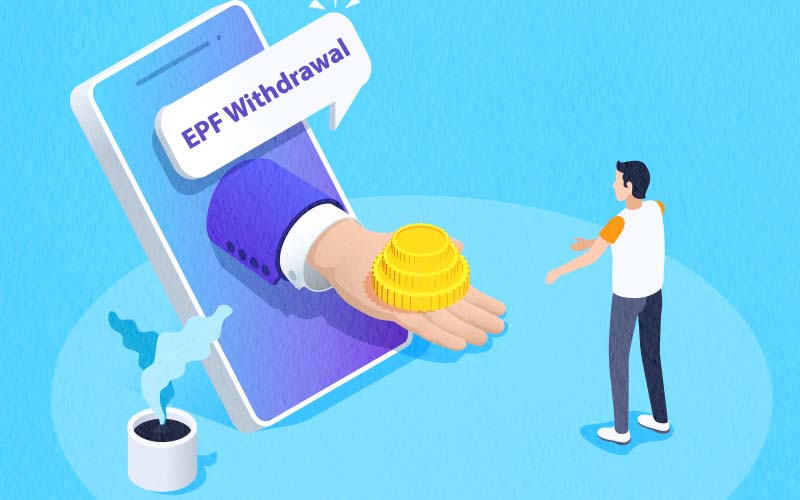
Real-Life Scenario:
Let’s say you’re in a financial crunch, perhaps needing funds to cover a sudden medical emergency. With EPFO 3.0, you can withdraw from your PF instantly using the ATM or UPI. This brings a level of financial freedom that wasn’t possible with the old system.
2. Digital Services & Self-Correction: Empowering You to Manage Your Account
Before EPFO 3.0, updating personal details like your name or date of birth often required employer approval. With the new system, you can correct these details directly via the EPFO portal, reducing delays.
How-To Example:
Imagine you’ve been contributing to EPF for several years, but your contact details are outdated. Instead of waiting for your HR to make the update, you can go into the portal and self-correct the details in just a few clicks.
3. Aadhaar-Based Transfers: No Employer Approval Needed
Switching jobs used to involve tedious paperwork, and you needed your employer’s approval to transfer your PF balance. With Aadhaar-based transfer, you can directly verify your identity using your Aadhaar OTP, bypassing the employer and making the process faster.
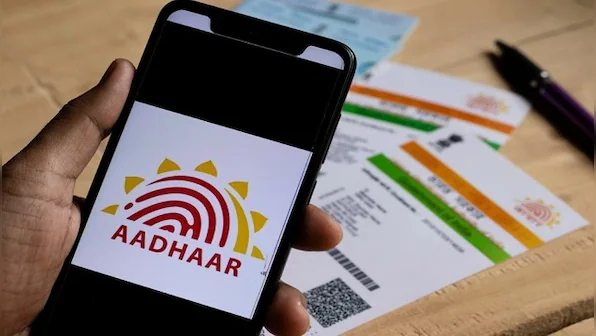
Real-Life Scenario:
Say you’ve changed employers, and your new company is ready to onboard you. Using Aadhaar OTP, you can transfer your old PF balance to your new account without waiting for approval from your previous employer. This system is perfect for seamless transitions.
4. Tax Implications: Understanding What You Need to Know
While EPFO 3.0 offers quicker access to your PF, it’s important to be aware of the tax implications. If you withdraw your PF before completing five years of service, TDS (Tax Deducted at Source) will be applicable at 10%.
Tax-Free Withdrawals:
On the flip side, if you complete five years of continuous service, your PF withdrawal will be tax-free, allowing you to fully benefit from your savings.
How to Get Started with EPFO 3.0
Step 1: Check If Your EPF Account Is Active
Before you can use EPFO 3.0, your EPF account needs to be active. Log into the EPFO portal and check your account status. If you’re unsure, you can also ask your employer to confirm.
Step 2: Activate Your Universal Account Number (UAN)
The UAN is essential for accessing EPFO 3.0’s services. Visit the EPFO portal and ensure your UAN is activated. You’ll need to link your Aadhaar and PAN to proceed.
Step 3: Link Your Aadhaar and Bank Account
To fully take advantage of EPFO 3.0 features like UPI withdrawals or Aadhaar-based transfers, ensure that both your Aadhaar and bank account are linked to your EPF account.
Step 4: Download the EPFO Mobile App
The EPFO mobile app is a handy tool that allows you to check your balance, track claims, and file complaints right from your phone. Download it from the Google Play Store or Apple App Store to get started.
EPF Withdrawals – Before & After EPFO 3.0
| Feature/Aspect | Current EPF Withdrawal (Pre-EPFO 3.0) | EPFO 3.0 (Post-June 2025) |
| Withdrawal Time | Typically 7-10 days for online claims, sometimes weeks for physical claims. | Instant for UPI and ATM withdrawals (up to ₹1 lakh initially). Auto-settlement up to ₹5 lakh in 3 days. |
| Withdrawal Method | Online claim submission via UAN portal, offline forms. | UPI, ATM-enabled withdrawals, and enhanced online claims. |
| Physical Paperwork | Often required for certain claims or corrections. | Significantly reduced; digital self-service for many tasks. |
| Account Corrections | May require physical visits or employer intervention. | Online, OTP-based verification for details like name, DOB, contact. |
| Access for Pensioners | Often tied to specific bank branches or PPO transfers. | Access pension from any bank branch in India. |
Security and Fraud Prevention Tips
Since EPFO 3.0 involves sensitive financial data, protecting your account is critical. Here are a few security tips:
- Enable Two-Factor Authentication (2FA) for your EPFO account.
- Always use secure, private networks when accessing the EPFO portal or mobile app.
- Be cautious of phishing scams—never share your Aadhaar number, UAN, or password with unknown individuals or on unreliable websites.
FAQs
Q1: How do I withdraw my PF using UPI?
To withdraw using UPI, you must link your Aadhaar to your EPF account. Then, simply initiate the withdrawal via any UPI-enabled app.
Q2: Is there a tax on PF withdrawals?
Yes, if you withdraw your PF before completing five years of continuous service, you will be subject to TDS at a rate of 10%.
Q3: Can I transfer my PF balance without my employer’s approval?
Yes! Aadhaar-based OTP verification allows you to transfer your PF balance without needing your employer’s approval.



